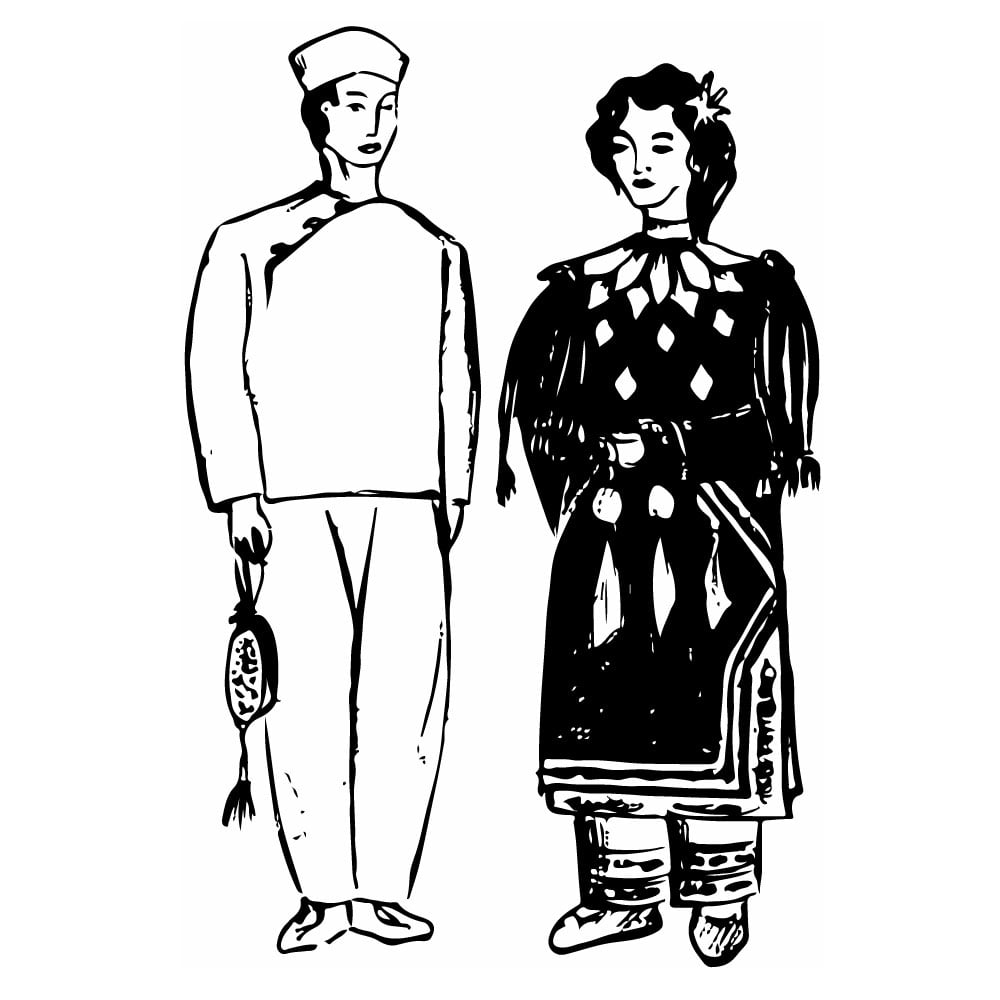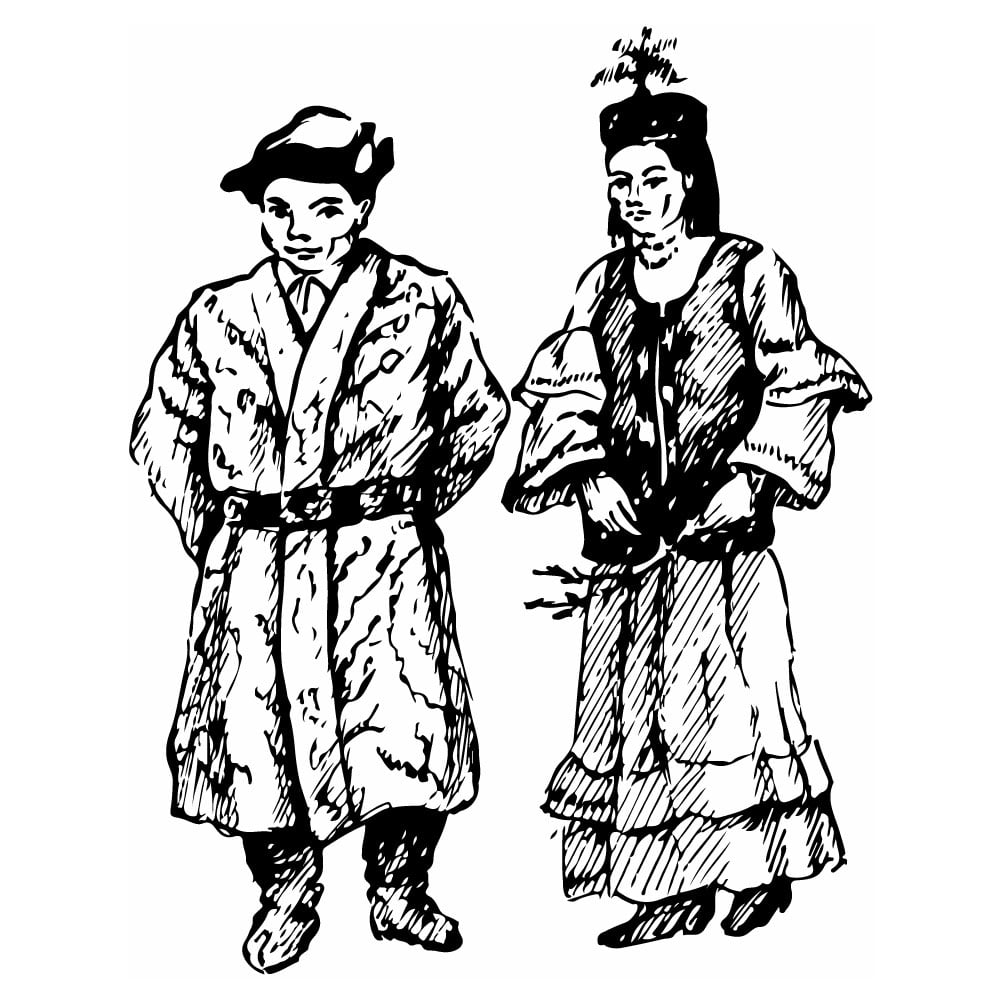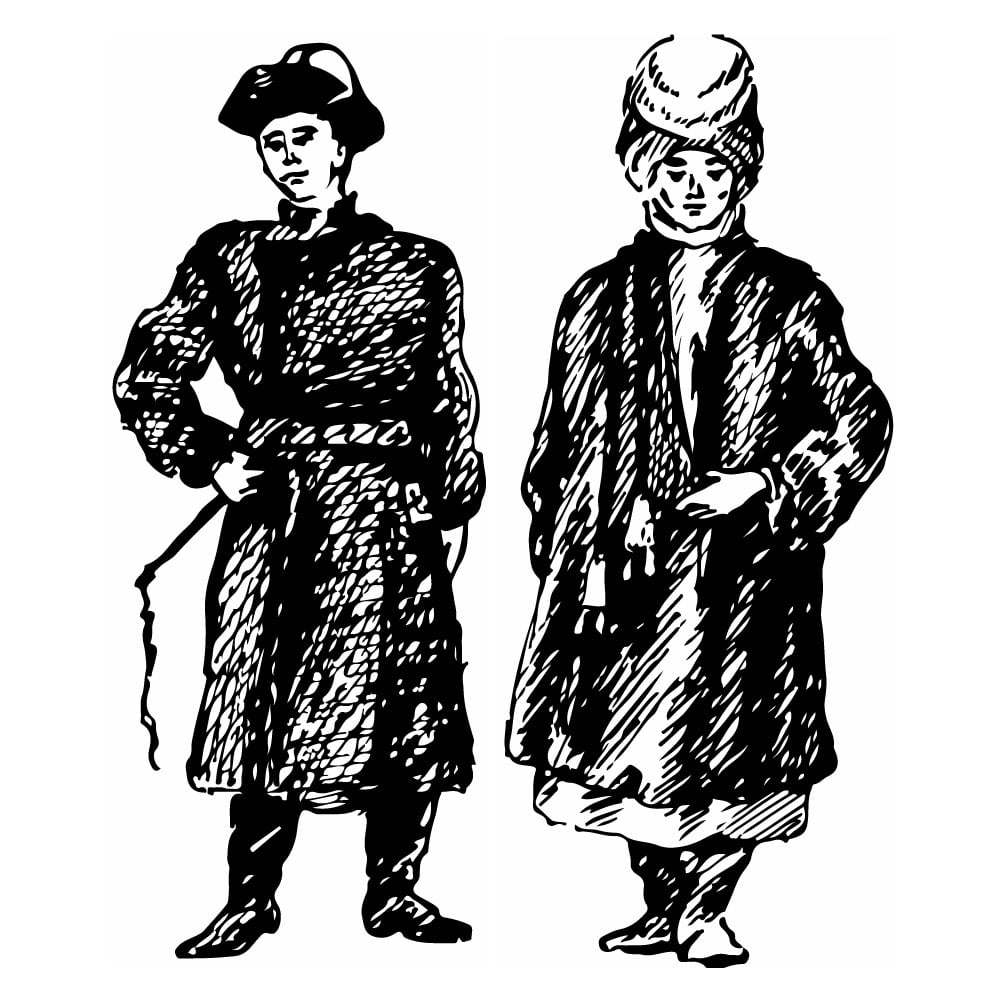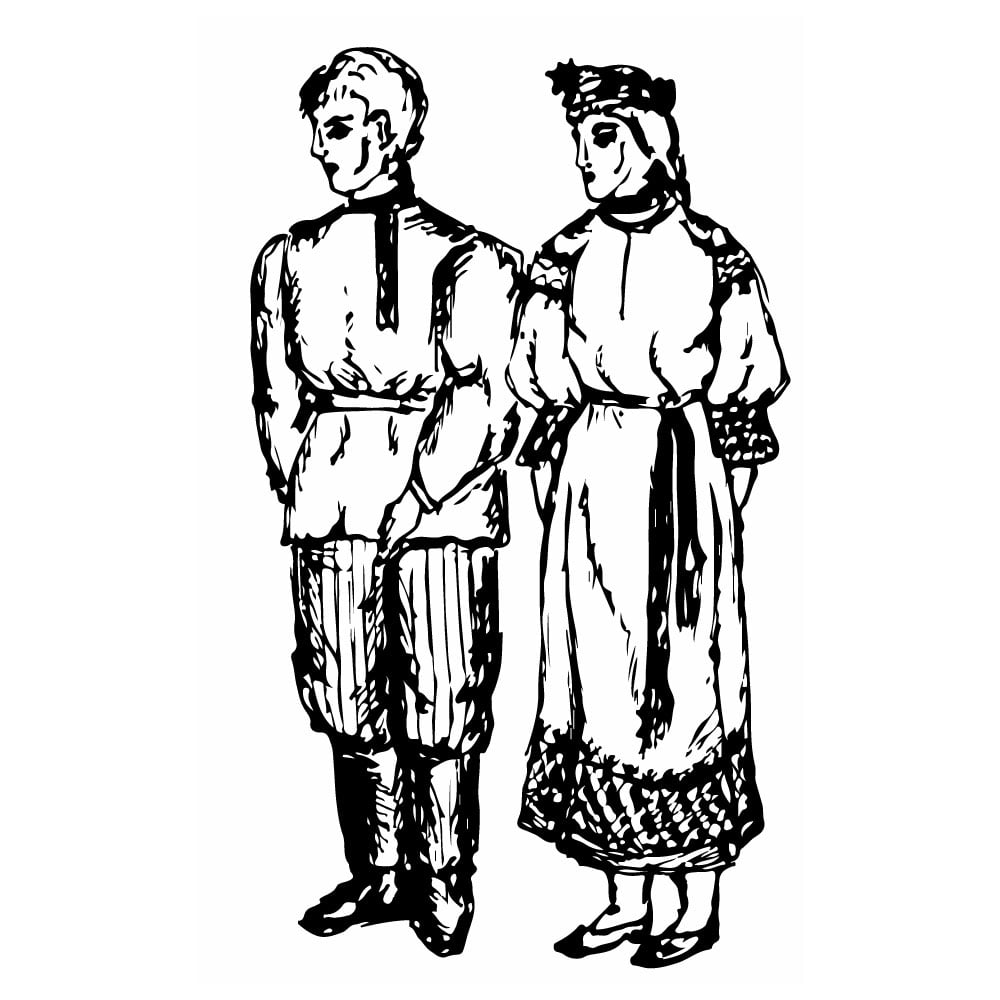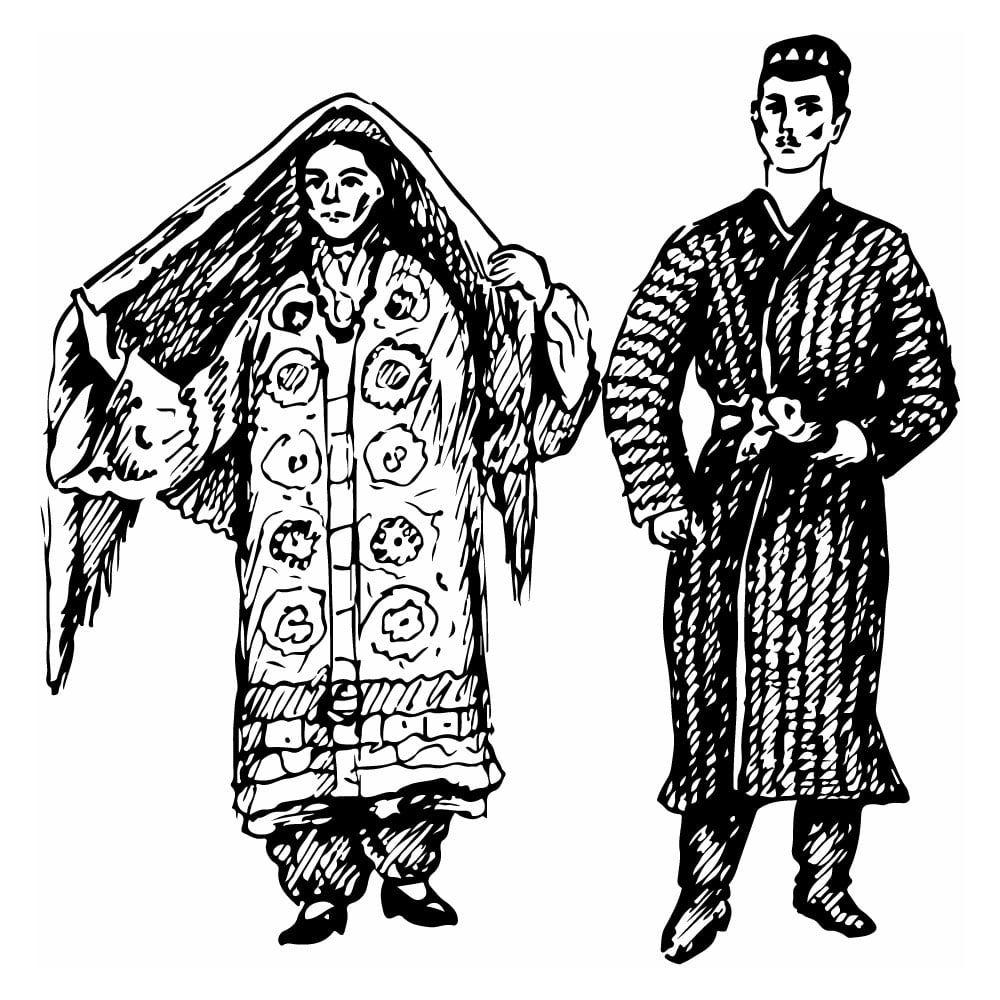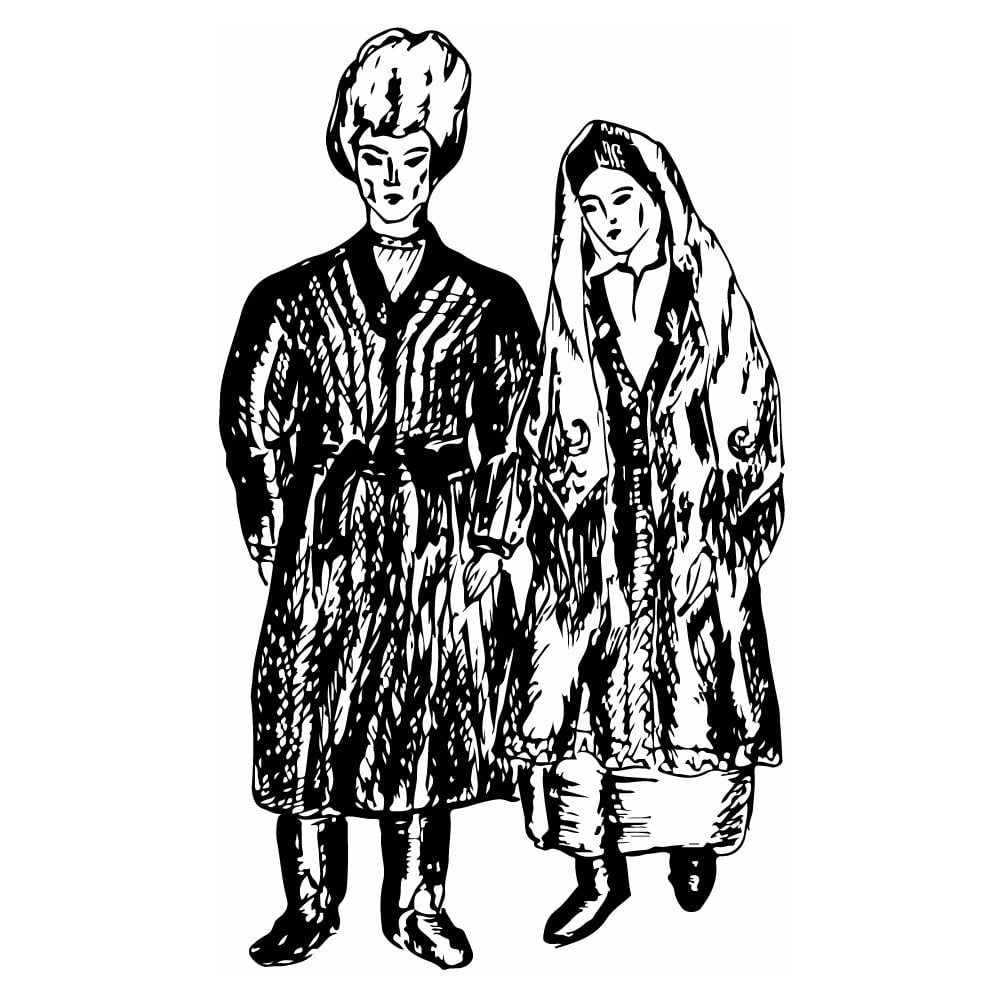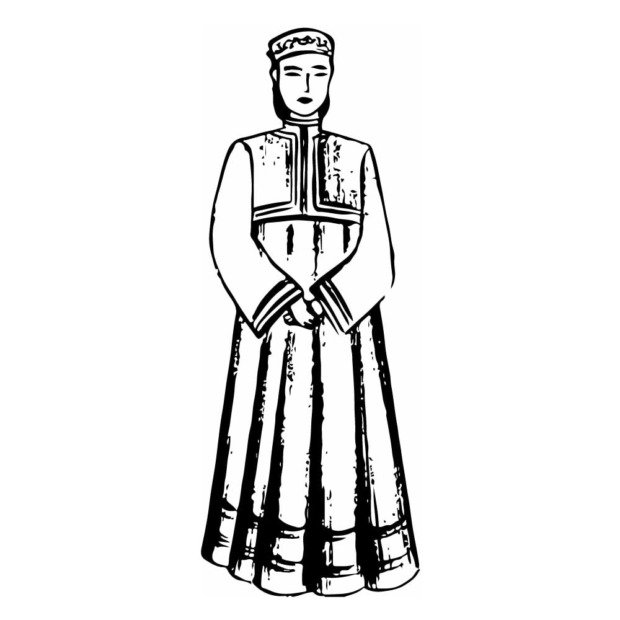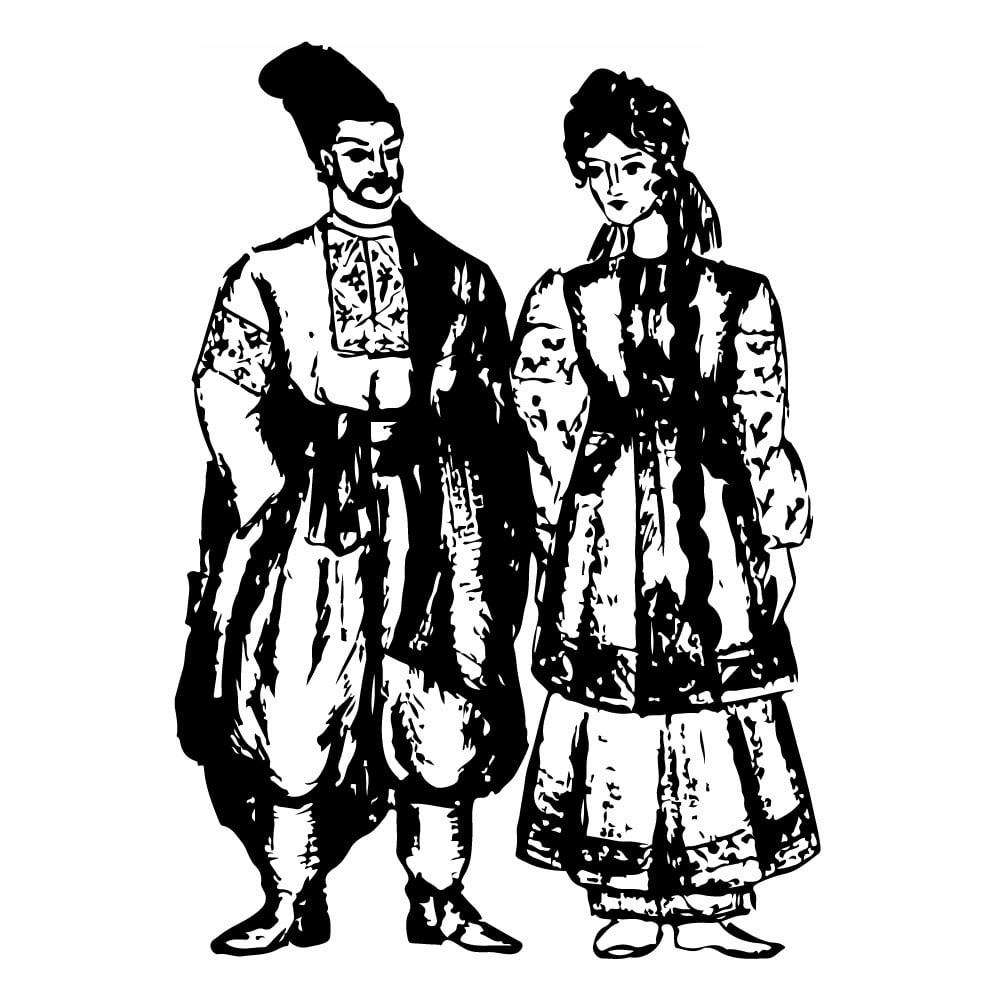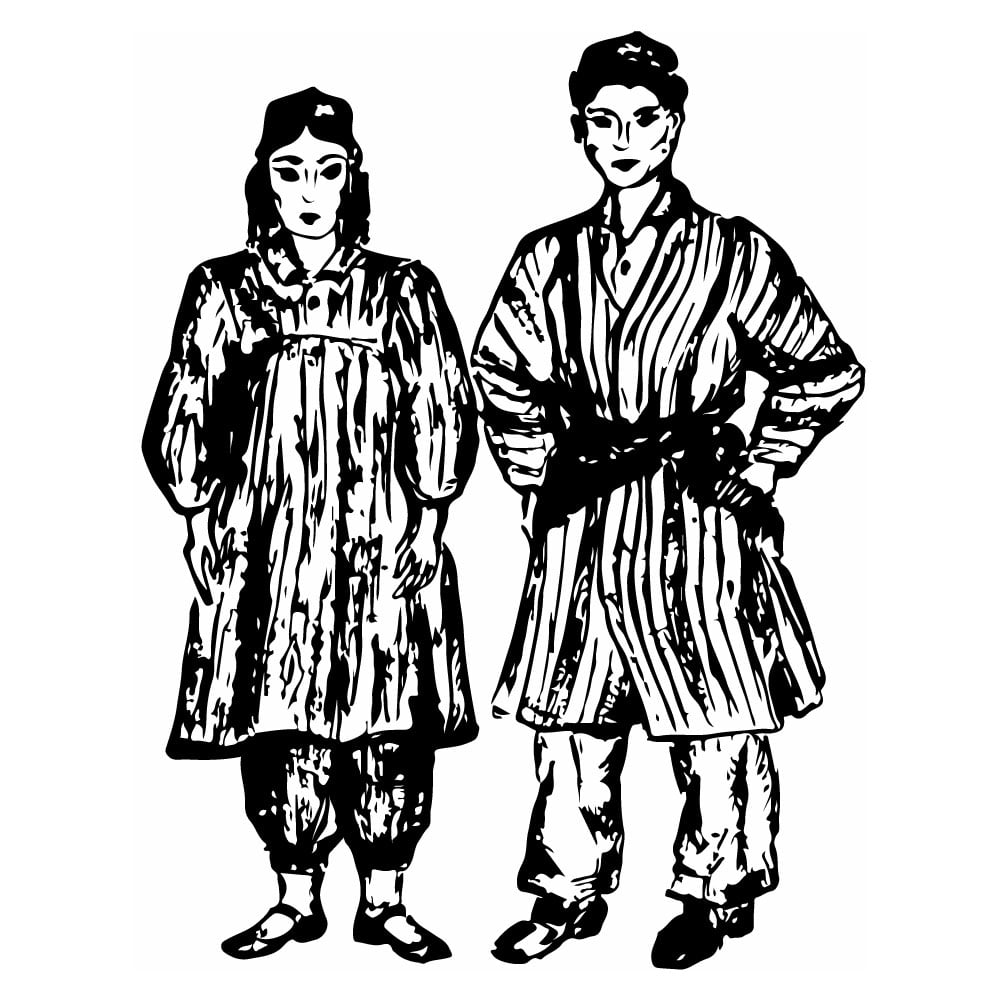Jews, Middle Asian
| Population | 36,000 |
| Language | Tajik |
| Region | Republics of Middle Asia |
| Religion | Judaism |
*Population estimates for 1994
The Middle Asian Jews live in the republics of Middle Asia and speak one of the Tajik dialects. However, they call themselves the Yahud. The representatives of the elder generation are called the Isroels or the Bane Isroel, that means the sons or the descendants of Israel. In literature the Middle Asian Jews are also known as the Buchara, native or local Jews. The time of their settlement in Middle Asia was not certified by written sources and the locality from which they had come is still unknown.
The religion of the Middle Asian Jews is Judaism. The internal administration and mode of life in the community was regulated by the legal customs and laws of the Jews. Those customs and rules were, on the whole, determined by the religion. However, a number of customs took root under the influence of Muslim laws and customs; the Muslims were neighbors of the Jews. The travelers who visited the Jewish community in Buchara noted its relative autonomy. The Jews were persecuted for their religious convictions. This made some of them renounce their religion and convert to Islam. They were then assimilated to the local inhabitants; however, this seldom happened. As a rule, they performed Muslim rituals as they secretly continued to adhere to Judaism. The Jewish rabbis were aware of this.
The Jews, having no right for acquisition of lands, were not involved in agricultural work. They had to live in towns and learn different trades. The dying of fabric was their main trade. Some Jews were weavers, while others were jewelers. Other popular trades were tailors, barbers, and bakers while the women worked as laundresses and cooks in upper class houses.
In the past, men’s clothing consisted of a long shirt and trousers. The hat differed from the hats of other nations in Middle Asia and was a round astrakhan hat with a velvet top. They wore scull-caps under the astrakhan hats. Women’s clothing consisted of a lower and upper slip, a quilted cotton camisole, and trousers. The hats differed depending on the age of a woman.
At present day, the Jewish youth receives general and special education in the many schools, technical colleges, and universities of the Middle Asian Republics. There are many Doctorates and Bachelors of Science among the Asian Jews.
The folklore of the Middle Asian Jews was mostly borrowed from their neighbors, the Tajiks and Uzbeks. The national character is shown in tales and parables based on Biblical plots. They were also based on proverbs and riddles, which reflect the specific features of their life.
As Middle Asian Jewish musical culture and vocal art developed and reached its high level, music and melodies were borrowed from the Tajiks and Uzbeks.
This is Ad 1





